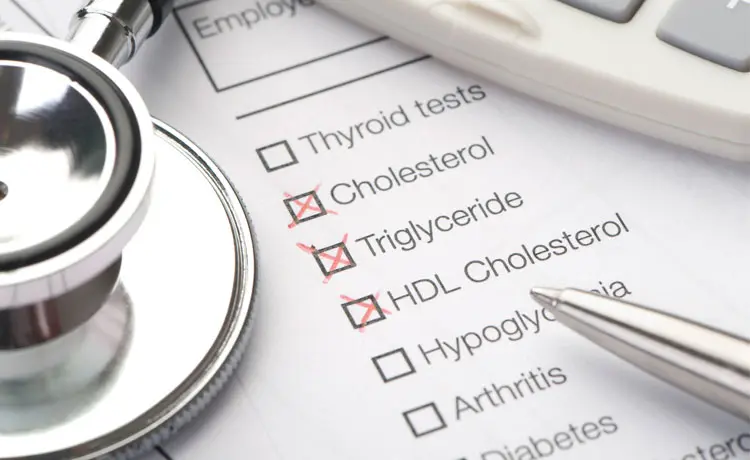Having high cholesterol increases the risk of heart disease and stroke. However, you can guide people in your community through some simple lifestyle changes to help them control their cholesterol levels.
Not All Cholesterol Is Bad!
There’s a big difference between low-density lipoprotein (LDL) and high-density lipoprotein (HDL). LDL is the “bad” cholesterol. High levels in your blood can lead to plaque buildup in arteries, resulting in heart disease and stroke. To lower your LDL level:- Eat a healthy diet.
- Be physically active.
- Maintain a healthy weight.
- Limit how much alcohol you drink.
- Don’t smoke.
- Increase your HDL level through diet changes, exercise and weight loss.
The Solution: Switch to a Healthier Lifestyle
You can control your cholesterol through improved nutrition and exercise habits – and your entire body will thank you, too.1. Build a balanced diet.
Break down your total daily calorie count in this way: 45% to 65% carbohydrates – mostly in the complex form.- Complex carbohydrates are found in foods such as fruits, vegetables, whole grains and beans, which are also high in vitamins, minerals, fiber and other nutrients.
- Simple carbohydrates, which don’t have much nutritional value, are found in products such as table sugar, soda, sports drinks, imitation fruit drinks, candy and desserts.
- Both monounsaturated and polyunsaturated fats are heart-healthy, as they lower LDL levels. Monounsaturated fats are found in olive oil, canola oil, nuts, seeds and avocados. Polyunsaturated fats are found in corn oil, sunflower oil, safflower oil, fatty fish (salmon), nuts and seeds.
- Saturated fats are not needed by the body, and raise LDL levels. They are found in butter, whole milk dairy products and fatty cuts of meat (prime rib, bacon, sausage).
- Hydrogenated (trans) fats are harmful to the body, as they raise LDL levels and decrease HDL levels. They are found in stick margarine, fried fast food, donuts, cakes, pies and cookies.
- Protein is vital for cell growth and repair. Get it from meat, fish, poultry, dairy products, soy, nuts, seeds, green vegetables, whole grains and beans.
2. Up your physical activity level.
Regular exercise can lower levels of harmful LDL cholesterol and increase levels of desirable HDL. Make time to fit both of these into your schedule:- Muscle-strengthening exercises two days a week, using enough weight to make your muscles very tired after about 8 to 12 repetitions.
- At least 150 minutes per week of moderate-intensity aerobic exercise (or 75 minutes at the vigorous-intensity level).
QuickTip: Keep track of your aerobic activity every day. Exercise at least 10 minutes at a time, and remember that routine activities can contribute to your weekly total. Take the stairs instead of the elevator, or park a distance from your destination and walk. Also, some common chores count.Learn more by reading the Physical Activity Guidelines for Americans. If these lifestyle changes aren’t enough to control your cholesterol, and your doctor prescribes medication to adjust your LDL or HDL levels, don’t give up on your new diet and exercise habits! They’ll keep you on the right path for your cardiovascular health. For more information, browse the Quickseries® library of health guides, including Controlling Your Cholesterol.
